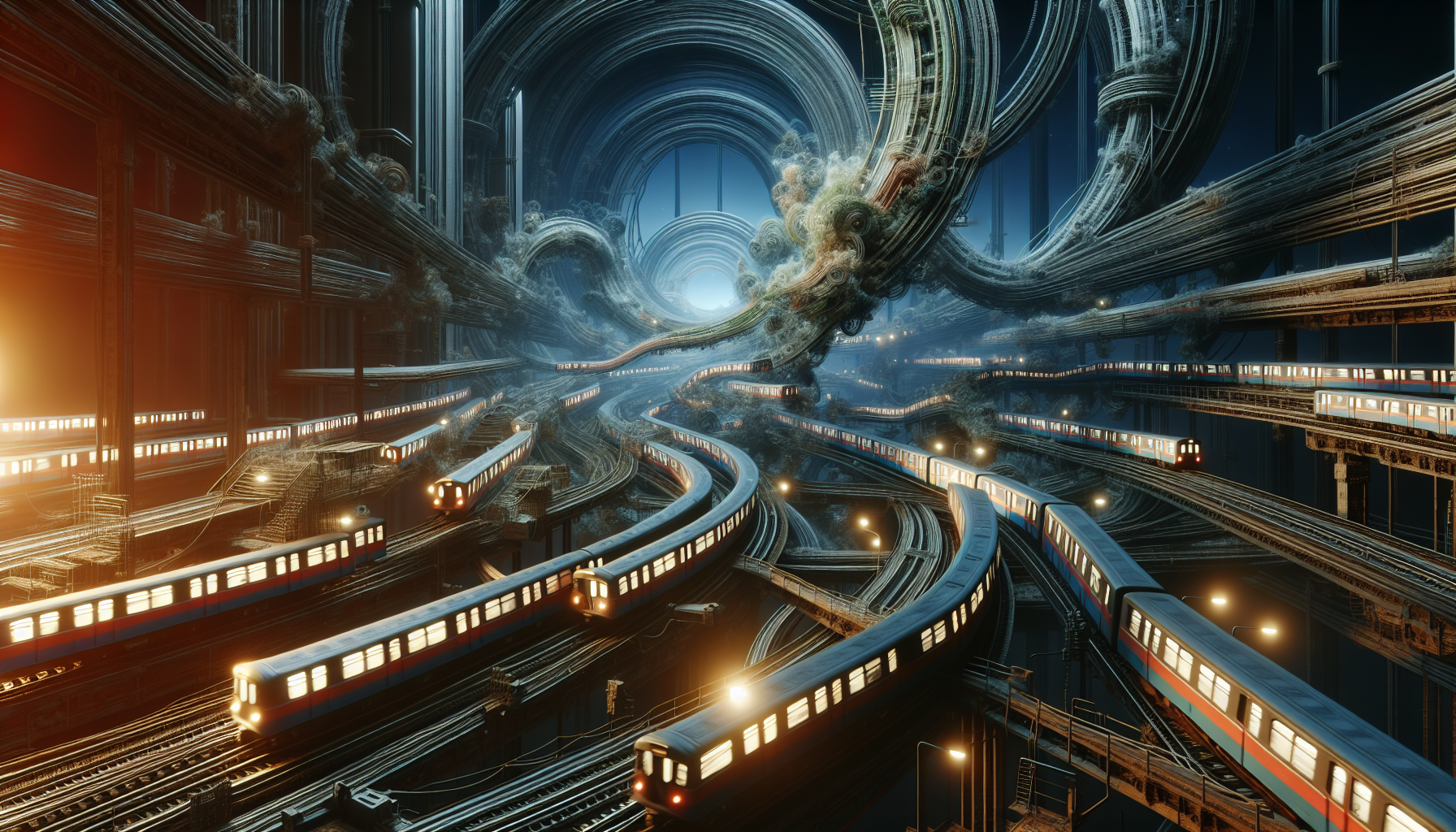Subways and Urban Planning
Subways are not just transport systems; they are marvels of engineering and urban planning.
They have to account for a city’s geographical constraints, population density, and future growth.

A well-planned subway system can reduce congestion on city streets, encourage the use of public transportation, and, in turn, contribute to more sustainable cities.
Take the example of Tokyo, home to the world’s busiest subway system, which accommodates more than 3 billion passengers per year. It’s not just about the numbers, though. The Tokyo metro is renowned for its punctuality, intricate network, and efficient crowd management. This is largely due to meticulous planning and constant upgrades to meet the city’s evolving needs.
Subways and the Environment
As discussions about climate change intensify, subways are emerging as an eco-friendly alternative to cars.
Subways produce fewer greenhouse gases per passenger kilometer than cars, making them a more sustainable option. By encouraging public transportation, cities can reduce their carbon footprint, improving air quality and promoting a healthier environment.
But that’s not all.
Recent advancements in technology have opened up new possibilities for making subways even more eco-friendly. The implementation of regenerative braking systems, for example, allows trains to convert the energy generated during braking into electricity. This energy can be used to power other trains, making the system even more energy efficient.
Subways and the Future of Cities
As we look towards the future, it’s clear that subways will continue to play a crucial role in urban development. Cities around the world are investing in subway expansions, and new technologies promise to make our subways smarter and more efficient.
One such technology is Automatic Train Operation (ATO). ATO enables trains to be operated automatically without a driver, ensuring optimal speed and braking for maximum efficiency and passenger comfort. This technology not only promises to improve the overall efficiency of subway operations but also significantly reduces the potential for human error.
Moreover, with the advent of smart cities, subways are becoming more integrated with other forms of transport.
In many cities, your subway ticket can also be used for buses, trams, and even bike rentals, making it easier for passengers to navigate the urban landscape.
Taking all of this into account, it’s safe to say that subways are not just a mode of transport; they are a key component of modern urban life. They influence the way our cities are planned, contribute to environmental sustainability, and are constantly evolving with technology. As we continue to redefine urban living, the importance of subways cannot be overstated.
So, the next time you hop onto a subway train, take a moment to appreciate this marvel of modern engineering. It’s more than just a ride; it’s a testament to our ability to innovate, adapt, and strive for a better, more sustainable future.